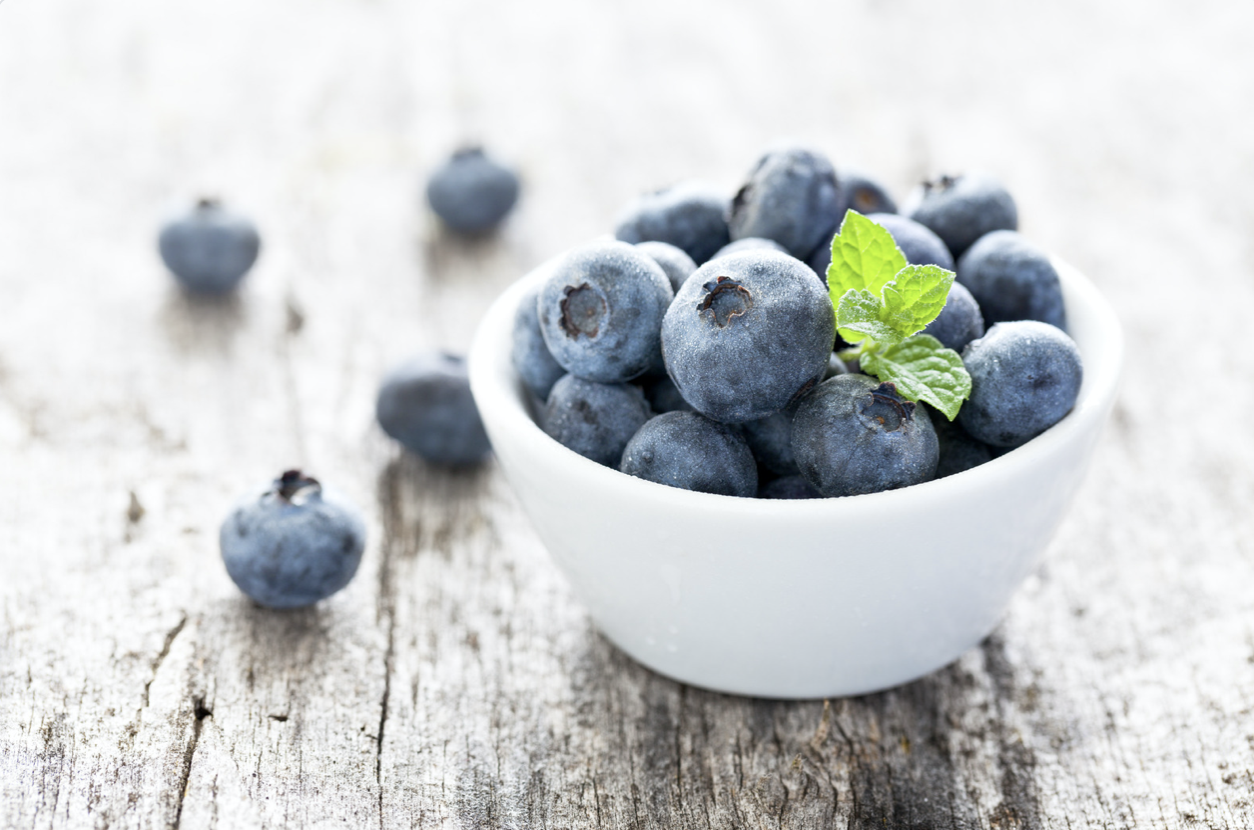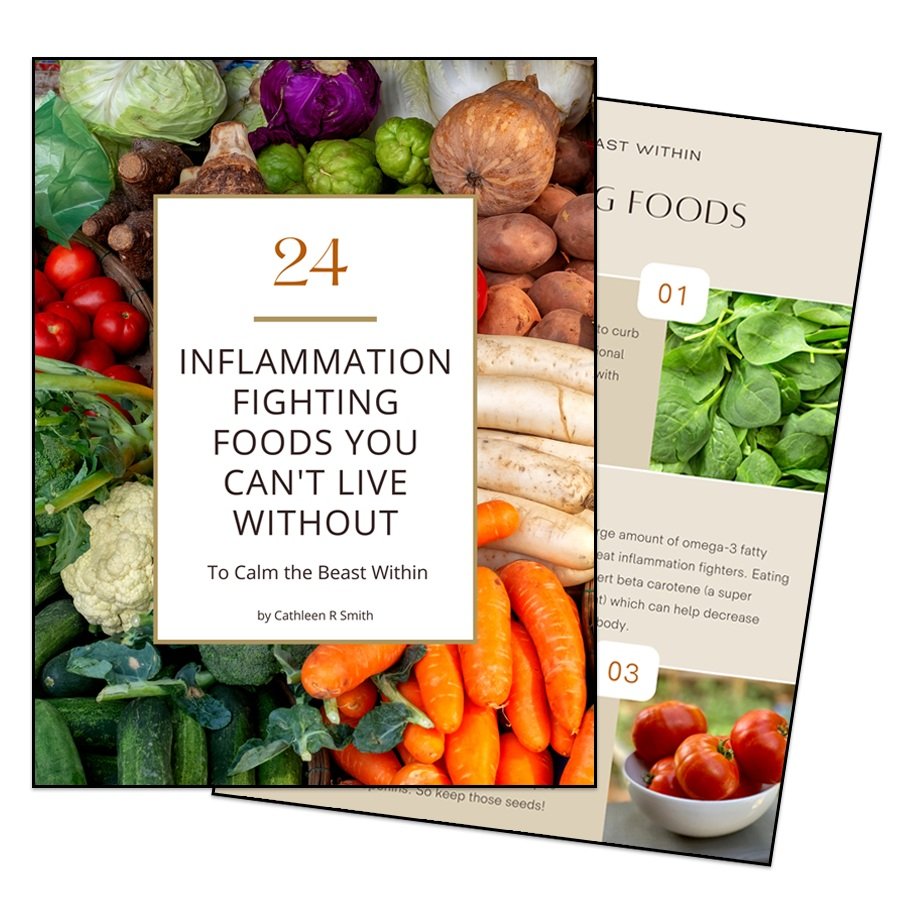Fight Inflammation With The Foods You Eat
There are 2 types of inflammation out there - acute inflammation and chronic inflammation. Acute inflammation occurs as the result of sudden body damage where the body sends inflammatory cells to the point of injury to limit infection and promote healing. When acute inflammation continues to linger, the inflammation becomes chronic. And that’s the type of inflammation this post focuses on - the chronic inflammation that can damage a your immune system, cause tissue, organ or joint damage, and result in long-term disorders that can affect any of the systems in your body.
Did you know that a primary contributing factor for the development of chronic inflammation involves diet? A while back, our diet used to consist of nutritious whole foods that are high in fiber and good fats. But now, the average diet consists mostly of processed foods that are high in saturated fats and refined sugars.
Did you know that many whole foods are natural anti-inflammatories and can easily be incorporated into your diet? And did you know that a large number of these anti-inflammatory whole foods can easily be grown in your kitchen garden?
Take olive oil, for example. Alright, I know you can’t grow olive oil in your kitchen garden. But you can use olive oil when you’re preparing those awesome fruits and veggies you’ve grown! Olive oil is rich in polyphenols which have both anti-inflammatory and antioxidant benefits. Try substituting olive oil for some of your standard go-to seed oils. This is a super easy change that can have a huge effect over the long term.
A balanced diet consisting in large part of leafy green vegetables, good fats, fruits, cereals, nuts and legumes will go a long way toward reducing and perhaps eliminating chronic inflammation. And blueberries are a super easy-to-grow fruit you can incorporate into your kitchen garden. You don’t need a huge amount of space to get huge results!
Blueberries contain flavonoids (antioxidants that can inhibit cell damage) which can help reduce inflammation. They also contain certain chemicals that regulate the immune system.
Kale is another great anti-inflammatory food. It contains a large amount of omega-3 fatty acids which are great inflammation fighters. Plus, eating kale can help convert beta carotene (a super powerful antioxidant) which can decrease inflammation in your body. And try adding some blueberries to your favorite kale salad - Yum!
Even those herbs you love to grow can help you fight chronic inflammation. Herbs like rosemary, parsley, basil, oregano and mint all have significant anti-inflammatory properties. Blend up a rosemary mint tea to get the benefits of these herbs’ polyphenolic compounds like rosmarinic acid and carnosic acid. You can read more about rosemary in my blog post “Oh Rosemary. Wherefore Art Thou Rosemary?” and mint in my blog post “Move Over - It’s Mighty Mint!”.
Basil is another herb that’s easy to grow. And with more than 25 varieties that are pretty widely available, you’re sure to find one you love! Basil contains super powerful essential oils that have enzyme inhibiting properties that can help lower inflammation. Read more about basil in my blog post “How About Some Bossy Basil?”.
And, parsley and oregano contain dietary antioxidants that can help your body eliminate free radicals and other toxic substances. Mix both together, add some garlic (also a super anti-inflammatory food), red wine vinegar and olive oil, and - Voila! You’ve an inflammation fighting Chimichurri sauce! Read more about parsley in my blog post “Parsley is the Bomb”, oregano in my blog post “Oh Hello - My Name’s Oregano”, and garlic in my blog post “How to Choose Which Garlic to Plant”.
And who knew some of your favorite edible garden flowers can help combat chronic inflammation! Zinnias are really easy to incorporate into your kitchen garden. Plus, they have a high content of flavonoids, phenolic acids, carotenoids and polyphenols - all of which are known to help reduce chronic inflammation.
By the way - zinnias love to have garden friends! Dandelions, nasturtium and lavender are all edible flowers that have inflammation fighting properties and can be planted right among your garden veggies. You can read more about lavender in my blog post “Last But Not Least - Lavender”. Which flowers will you plant in your kitchen garden?
If you want to learn more about which whole foods are natural anti-inflammatories and how they can help fight chronic inflammation, download my guide to 24 Inflammation Fighting Foods You Can’t Live Without - it’s worth it!







